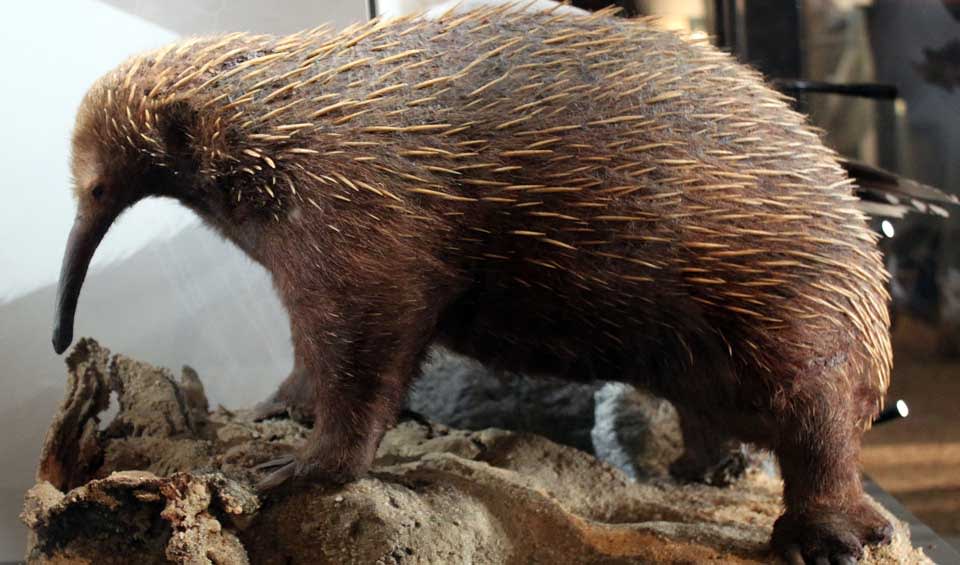It is one of the three species of long-beaked echidnas, which are different from the short-beaked echidnas commonly found in Australia. What makes the western long-beaked echidna especially interesting is that it is one of the few mammals that lays eggs, placing it in the group of monotremes, along with the platypus and other echidnas.
One of the most noticeable things about the western long-beaked echidna is its long snout. This snout is longer and more pointed than the snout of its short-beaked relatives, and it helps the echidna search for food. The snout contains sensors that can detect the movements of worms and other small creatures underground, making it easier for the echidna to locate its prey. The echidna has a long, sticky tongue that it uses to capture food, such as earthworms, insects, and grubs. Unlike most mammals, it has no teeth, so it swallows its food whole.
The western long-beaked echidna has a body covered in thick hair and sharp spines. These spines are used as a defense mechanism. If a predator tries to attack, the echidna will curl up into a tight ball, with its spines pointing outwards. This makes it very hard for the predator to grab hold of it without getting hurt. In addition to this defense, the echidna is a strong digger. It can quickly burrow into the ground to escape danger, using its powerful front claws to dig.
These echidnas are generally solitary and spend most of their time foraging for food. They are slow-moving animals, and their thick bodies make them look clumsy, but they are actually quite skilled at navigating their forested environment. Their strong claws not only help them dig for food but also allow them to create burrows where they can rest and stay safe.
Distribution
 Australia
Australia Indonesia
IndonesiaAnything we've missed?
Help us improve this page by suggesting edits. Glory never dies!
Suggest an editGet to know me
Terrestrial / Aquatic
Altricial / Precocial
Polygamous / Monogamous
Dimorphic (size) / Monomorphic
Active: Diurnal / Nocturnal
Social behavior: Solitary / Pack / Herd
Diet: Carnivore / Herbivore / Omnivore / Piscivorous / Insectivore
Migratory: Yes / No
Domesticated: Yes / No
Dangerous: Yes / No




